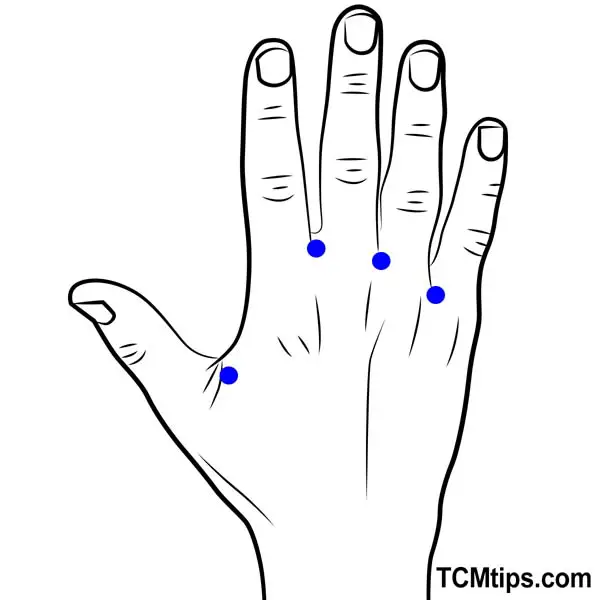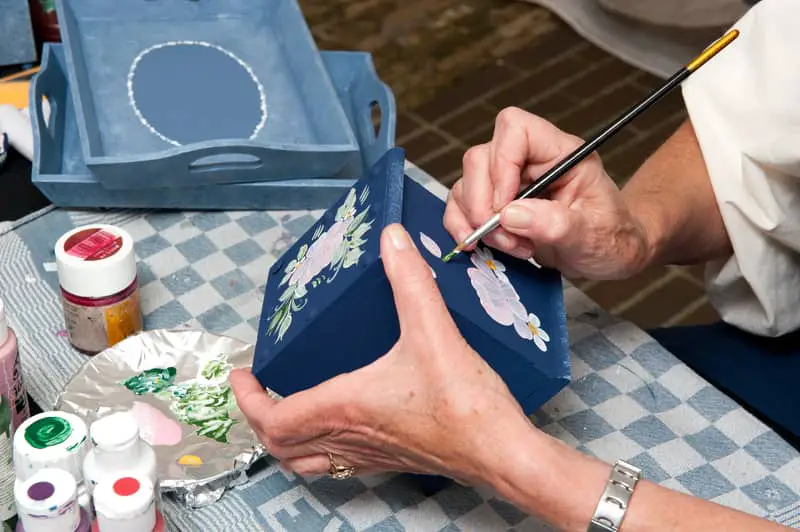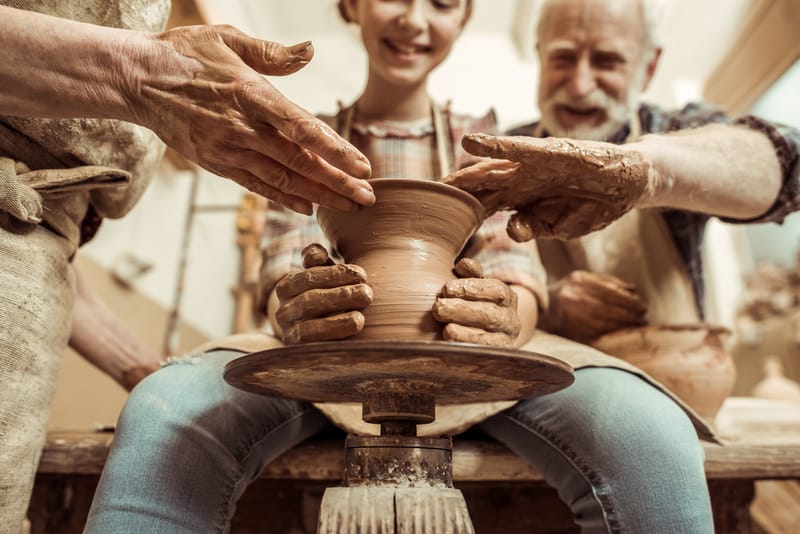Ease Joint Pain: The 4 Best Acupressure Points For Arthritis Relief in Fingers
Some time ago, I had a friend who came to me complaining of pains and stiffness in her fingers. I looked at the fingers and saw how misshapen and swollen they were, and I knew immediately that she had arthritis of the finger. I then proceeded to introduce her to the acupressure points for arthritis in fingers, and massaging these acupoints daily has helped her immensely.
As you grow older, you stand the risk of having arthritis. It is a common occurrence. The Centers for Disease Control and Prevention (CDC) confirms this by reporting that more than one in four American adults lives with arthritis symptoms that are either visible or invisible. Some of the symptoms of arthritis of the finger include joint pain, stiffness, and swelling.
When you have arthritis of the finger, it’s either a kind of Osteoarthritis (OA) or Rheumatoid Arthritis (RA). These are the two kinds of arthritis that affect the finger, and either of them can make basic hand motions difficult for you.
Thankfully, you have acupressure for hand arthritis that relieves the pains and discomfort of arthritis of the finger. I’ll be sharing these acupressure points that can give you relief from the symptoms of arthritis of the fingers and allow you to perform normal tasks with your hands.
Acupressure Points For Arthritis In Fingers
Now that you’ve seen how acupuncture can relieve arthritis, let’s show you the acupressure for arthritis that you should stimulate to relieve you of symptoms of arthritis.
Acupoint: LI-5 (Other Names: Large Intestine-5/Yang Xi/Yang Stream)

Acupoint LI-5 is a large intestine acupressure point for arthritis in the hands. In Chinese, it is referred to as Yangxi, which means Yang Stream in English. To find this acupoint, lift your thumb and bend it backward. At the base of the thumb, where the thumb connects to the wrist, two tendons form a triangular depression. The center of that depression is LI-5.
In TCM, LI-5 is classified as the Jing-River Point of the large intestine meridian. This means that this pressure point is located at a place in the meridian where the flow of qi is heavier. Hence, LI-5 is effective in the treatment of frontal headache, swelling of the eye, weakness in the wrist, and toothache. You can also use LI-5 as acupressure for carpal tunnel.
To stimulate this acupoint to enjoy its healing powers, you’ll not only press the acupoint but also rub it with the thumb of your other finger.
Acupoint: SI-5 (Other Names: Small Intestine-5/Yang Gu/Yang Valley)

Acupoint SI-5 is a small intestine pressure point for arthritis in the hands. It is called Yanggu in Chinese or Yang Valley in English. You’ll find this pressure point at the joint of your wrist at the back of your hands. It’s at the dent at the end of the bone of your little finger, where it connects to the wrist bone. You can grasp the wrist with the other hand and press it with your middle finger. It is also effective to tape the rice grains on the acupuncture points and rub them occasionally.
SI-5 is clinically effective in treating neck pain, pains in your hand, and febrile diseases. It is also one of the acupressure points for wrist pain. All you have to do to activate the healing power of this acupoint is to hold the affected wrist with your other hand and press the acupoint with your middle finger.
Acupoint: LU-6 (Other Names: Lung-6/Kong Zui/Maximum Opening)

LU-6, Kongzui, or Maximum Opening is a Lung Meridian acupressure point that serves just fine as acupressure for arthritis. To locate this acupoint, you’ll bend your elbow slightly so that your palms face upwards. Then, you’ll place four fingers from the elbow crease towards the direction of the thumb. The point where the fourth finger rests is LU-6.
LU-6 functions as an acupoint for stopping bleeding, regulating Qi, and clearing the throat. Hence, it is one of the acupressure points for cough. It is also used clinically to treat asthma, situations where you cough up blood, sore throat, and pains in the forearm.
To enjoy the healing benefits of LU-6, you’ll press the acupoint with the thumb of your other hand while holding the elbow in place. Stimulate the pressure point for two minutes if you feel any tingling sensation when you are lightly pressing the acupoint.
Acupoint: M-UE-9 (Other Names: Ba Xie/Eight Evils)

Acupressure point M-UE-9, Baxie, or Eight Pathogens is another of the acupressure points for arthritis in hands. It is located at the back of the hand. You’ll find it at the mid-point of the pack of the palm when you make a loose fist. It is the point that connects the webs of all five fingers.
The stimulation of Baxie is effective in treating snake bites, pain in the eyes, or swelling at the back of the hand. One study supports that Baxie, used with rehabilitation, alleviates swelling of the hand and improves the motor function of the post-stroke shoulder-hand syndrome.
Can Acupuncture Help With Stiff Fingers?

Over the years, acupuncture has been used to relieve basic and chronic pains of the body as well as improve the general quality of life of people. The usefulness of acupuncture has spread into arthritis as well, and there are several research studies to prove this. In finding out whether acupuncture relieves sore, stiff joints, Dr. Berman and a host of other researchers researched for 26 weeks on patients with arthritis.
They found that patients who received real acupuncture felt less pain after 26 weeks and functioned better compared to those who received sham acupuncture. Another research evaluated the effects of electroacupuncture (EA), traditional Chinese acupuncture (TCA), and sham acupuncture (Sham) in patients with Rheumatoid arthritis (RA) for 10 weeks.
The result at the end of the 10 weeks showed that pain scores didn’t change for patients in all three groups. However, patients that received EA and TCA had a significant reduction in the number of tender joints they had. Acupuncture helps RA in that it has anti-inflammatory and antioxidative effects, and it regulates the function of the immune system, enhancing your quality of life.

Try our Anti-Aging Gua Sha Tool designed to bring out your skin’s natural glow.
Best Gua Sha Product- Anti-Aging: The tool is designed to target 11 specific aging signs such as wrinkles and sagging skin. By following the 7-step routine, users can improve skin firmness and reduce fine lines naturally.
- Enhances Skincare Routine: It works effectively with serums and lotions, boosting absorption and efficacy of skincare products.
- Visible Skin Improvement: Users can expect a smoother complexion, reduced puffiness, and a more youthful appearance.
 P. Sze
P. Sze 

















